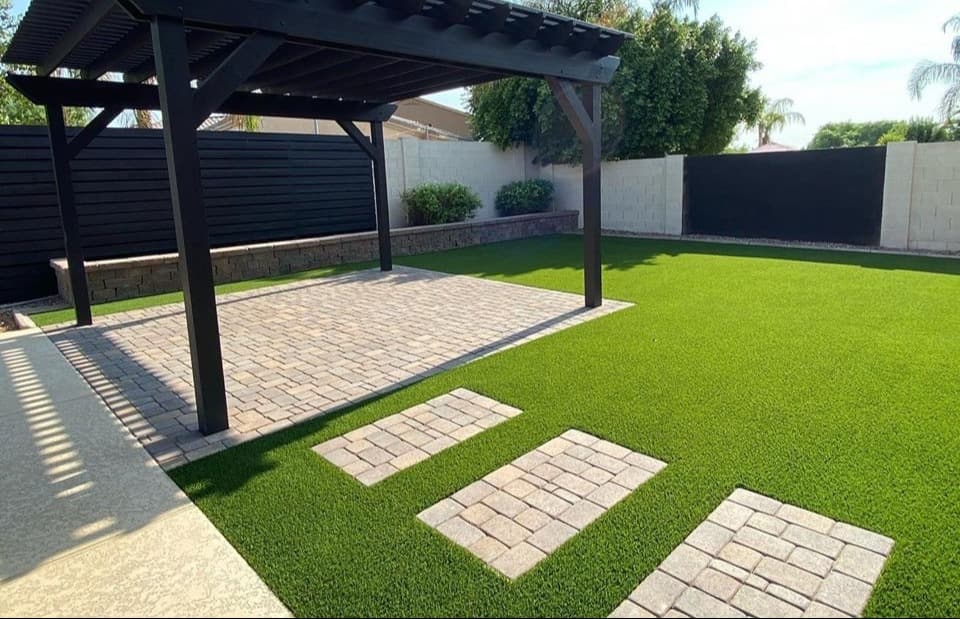
Picture this: a lush, green lawn that requires minimal maintenance and looks perfect all year round. That’s the magic of artificial grass. But before you dive into this easy-care alternative, a fundamental question arises: Do you have to remove grass before laying artificial grass?
This article will guide you through the intricacies of preparing your lawn for artificial turf, ensuring you make an informed decision for a stunning outdoor space.
Every painter knows the secret to a masterpiece lies in the preparation, and the same goes for installing artificial grass. Imagine building a house on a shaky foundation; it simply won’t stand the test of time. Similarly, prepping your lawn correctly ensures longevity and durability for your artificial turf.
Removing existing grass prevents future weed growth and allows for proper drainage. It acts as a blank canvas, enabling the artificial grass to lay flat and look as natural as possible.
Removing grass might sound daunting, but with the right tools and approach, it’s a manageable task. Here’s how you can do it:
For more detailed guidelines, consider consulting resources like the Home Depot’s Artificial Grass Installation Guide.
Like ignoring a leak in your roof, skipping grass removal can lead to significant issues down the line. Here’s why:
Natural grass holds moisture, which can lead to poor drainage under your artificial turf. Over time, this can cause puddles and uneven surfaces.
If the existing grass isn’t removed, weeds can grow through the artificial turf, ruining its flawless appearance and potentially damaging the material.
A bumpy, uneven surface not only affects aesthetics but also poses a safety hazard. Ensuring a flat base is crucial for both form and function.
If removing grass seems like too much work, there are alternatives. You could use a heavy-duty weed barrier fabric or lay down a thick layer of sand or gravel. However, these methods may not be as effective as complete removal.
For further insights on different methods, This Old House offers comprehensive tips.
It’s not recommended because it can lead to poor drainage and weed growth. Removing the existing grass ensures a smoother, long-lasting installation.
The duration depends on the size of your lawn and the tools you use. On average, it could take one to two days.
A sod cutter, shovel, rake, and wheelbarrow are essential for efficient grass removal.
Laying artificial grass can transform your outdoor space into a low-maintenance paradise. However, skipping essential steps like removing existing grass can lead to future headaches. By investing time in proper preparation, you’re ensuring your artificial turf stands the test of time, offering beauty and functionality without constant upkeep.
Your dream lawn is just a few steps away. Are you ready to make the transition?
For additional details on landscape transformations, visit reputable sources like Better Homes & Gardens or consult professional landscaping services in your area.
Your perfect lawn awaits – start your journey today!


